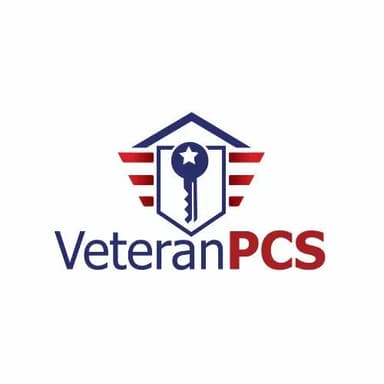A Permanent Change of Station (PCS) move can feel overwhelming, especially when faced with the logistics of organizing documents, coordinating transportation, and managing finances—all while ensuring your family’s transition is as smooth as possible. Amidst this whirlwind, a PCS Binder can be your most valuable tool.
Think of it as your personal command center—a single place to store important documents, financial records, contact information, and travel details. With everything in one location, you can easily access critical paperwork, reducing stress and last-minute scrambling.
Let’s break down how to create and organize a PCS Binder that will keep you prepared at every stage of your move.
Why You Need a PCS Binder
A PCS Binder provides structure and peace of mind during your move. Instead of digging through boxes or trying to remember where you saved an important email, you’ll have all the information you need at your fingertips.
With your PCS Binder, you can: ✔ Quickly access orders, IDs, and financial documents ✔ Keep track of moving expenses for reimbursement ✔ Maintain organized medical, housing, and education records ✔ Store critical contact information for smooth coordination ✔ Reduce stress and prevent last-minute paperwork issues
Whether you’re moving across the country or overseas, your PCS Binder ensures a smoother transition with fewer headaches.
What You Need to Create a PCS Binder
To get started, gather these materials:
- 1-inch three-ring binder (or larger, depending on your needs)
- Plastic sheet protectors to safeguard important documents
- Tabbed dividers to separate sections for easy reference
- Zipper pouch for small items like receipts and business cards
Once you have your supplies, divide your binder into sections based on the key areas of your move.
Essential Sections for Your PCS Binder
1. Identification Documents
Store all essential personal identification records for yourself and your family. These should include:
- Copies of birth certificates
- Driver’s licenses and copies
- Military ID and dependent ID(s)
- Passports and copies
- Social security cards
- Marriage and divorce certificates
Keeping these documents readily available ensures a smoother process when dealing with government agencies, transportation, and housing paperwork.
2. Health and Medical Records
Healthcare continuity is vital during a move. This section should include:
- DEERS/TRICARE information
- Medical records and immunization records for all family members
- Exceptional Family Member (EFM) program documentation
- Dental and vision records
Having these records ready makes registering at a new medical facility easier and helps you avoid delays in care.
3. Housing and Lease Agreements
Whether you own a home or rent, this section helps manage your living situation during your PCS. Include:
- Homeowners/renters insurance policies
- Lease or mortgage agreements
- Housing clearance paperwork
- Warranty information for large appliances
Keeping housing documents organized ensures a smooth transition when settling into your new location.
4. PCS and Travel Logistics
Track everything related to your actual move, including:
- PCS Orders and multiple copies
- Moving company contact information
- Packing schedules and shipping lists
- High-value item inventory for insurance purposes
- Receipts for expenses (for reimbursement)
- Hotel and rental car reservation details
This section helps track expenses for reimbursement and ensures that your personal belongings arrive safely at your next duty station.
5. Legal Documents
Moving often requires legal paperwork, which should be easily accessible:
- Power of attorney documents
- Wills and estate planning paperwork
- Life insurance policies
If you anticipate being unavailable during key aspects of the move, having power of attorney in place is essential.
6. Financial Information
Keep financial records in one secure place to track expenses and manage payments during your move. Include:
- Budget spreadsheets for moving expenses
- Most recent tax return documents







